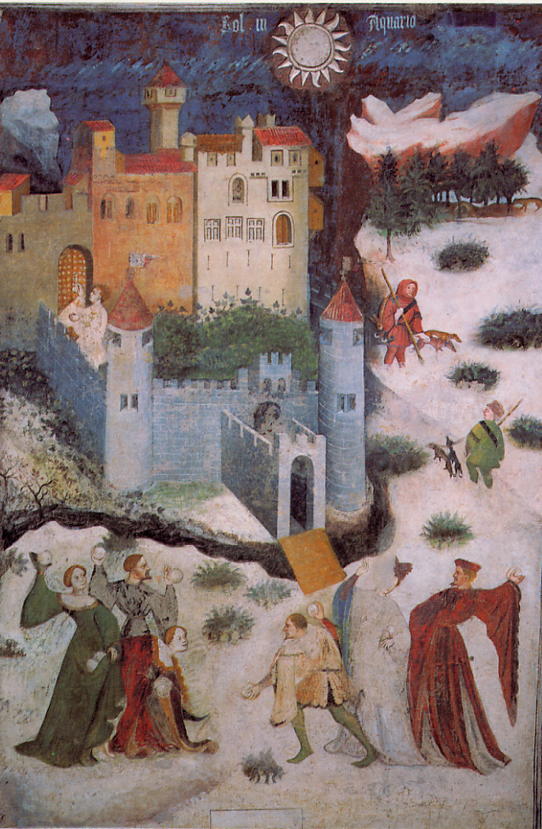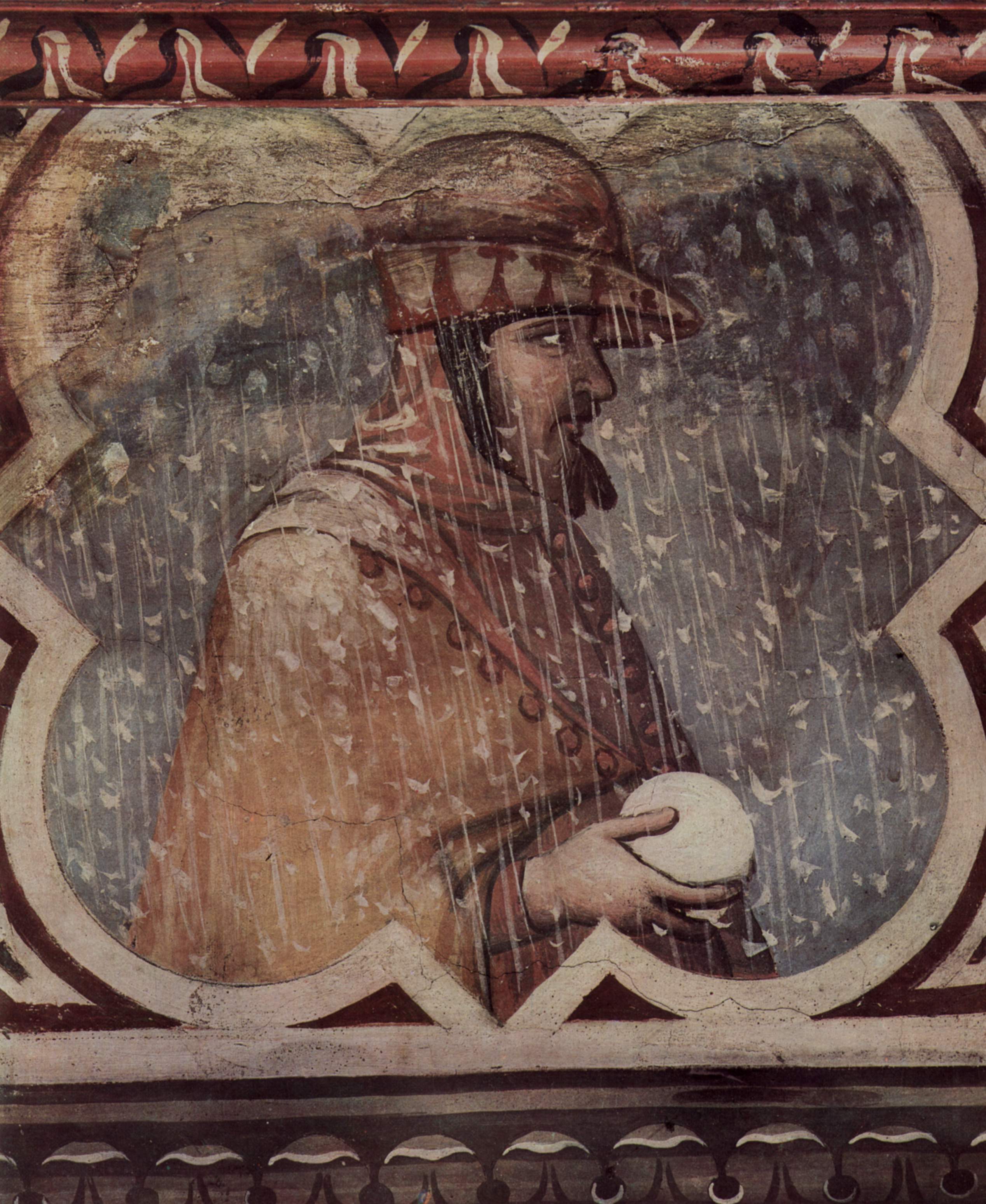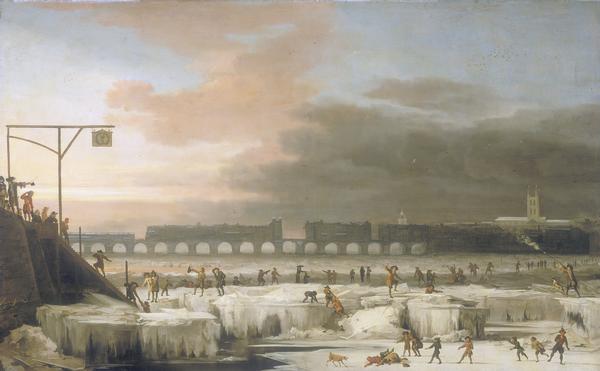| Still life by Sandy Quang. About 18X24, oil on canvas. |
I’ve had several students painting and drawing a sprawling still life over the last few weeks. Sandy Quang has done a bang-up job with it.
Sandy has a BFA from Pratt and is finishing her MA from Hunter College, so I must share some credit for teaching her. However, she has studied with me since she was in high school. She is just now coming into maturity as a painter.
Her first draft was a funny idea—juxtaposing the Golliwog and bust of Pericles—but a mediocre composition. I included it here to remind people that even good painters mess up regularly. The difference between good and great is returning to the subject until you get it right.
| Sandy’s first draft, juxtaposing the Golliwog and bust of Pericles, was a good idea but a bad composition, so she jettisoned it. |
Take the time to consider why her final painting works, because it is instructive. The objects themselves don’t have any narrative, historical patina, or folksy allure to use as crutches (which is why I chose them). She treats the painting not as a series of items but as a pattern on the surface of the canvas. It works as a value pattern and as a color pattern. Her drawing is very accurate. She doesn’t get hung up on the details, but she does include the over-the-top sparkles on the reindeer’s back.
Let me know if you’re interested in painting with me in Maine in 2014 or Rochester at any time. Click here for more information on my Maine workshops!




























